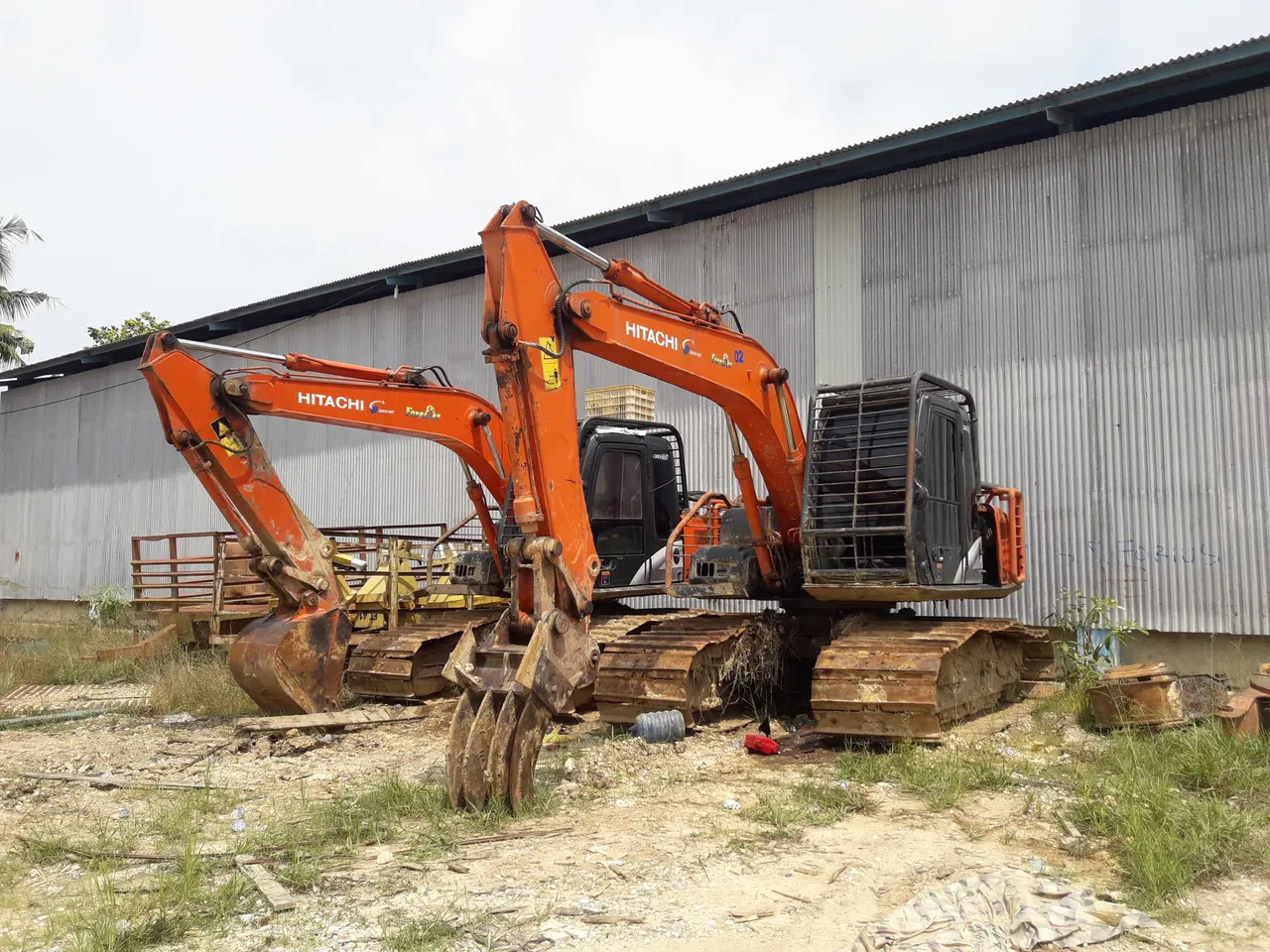
Hydraulics can move quickly in one part, and can also move slowly in another. and no energy medium can combine equal degrees of certainty, precision, flexibility, which maintain the ability to transfer maximum power in large sections with minimum size. Hydraulic components are known to be compact, small/light in size but capable of providing enormous power.
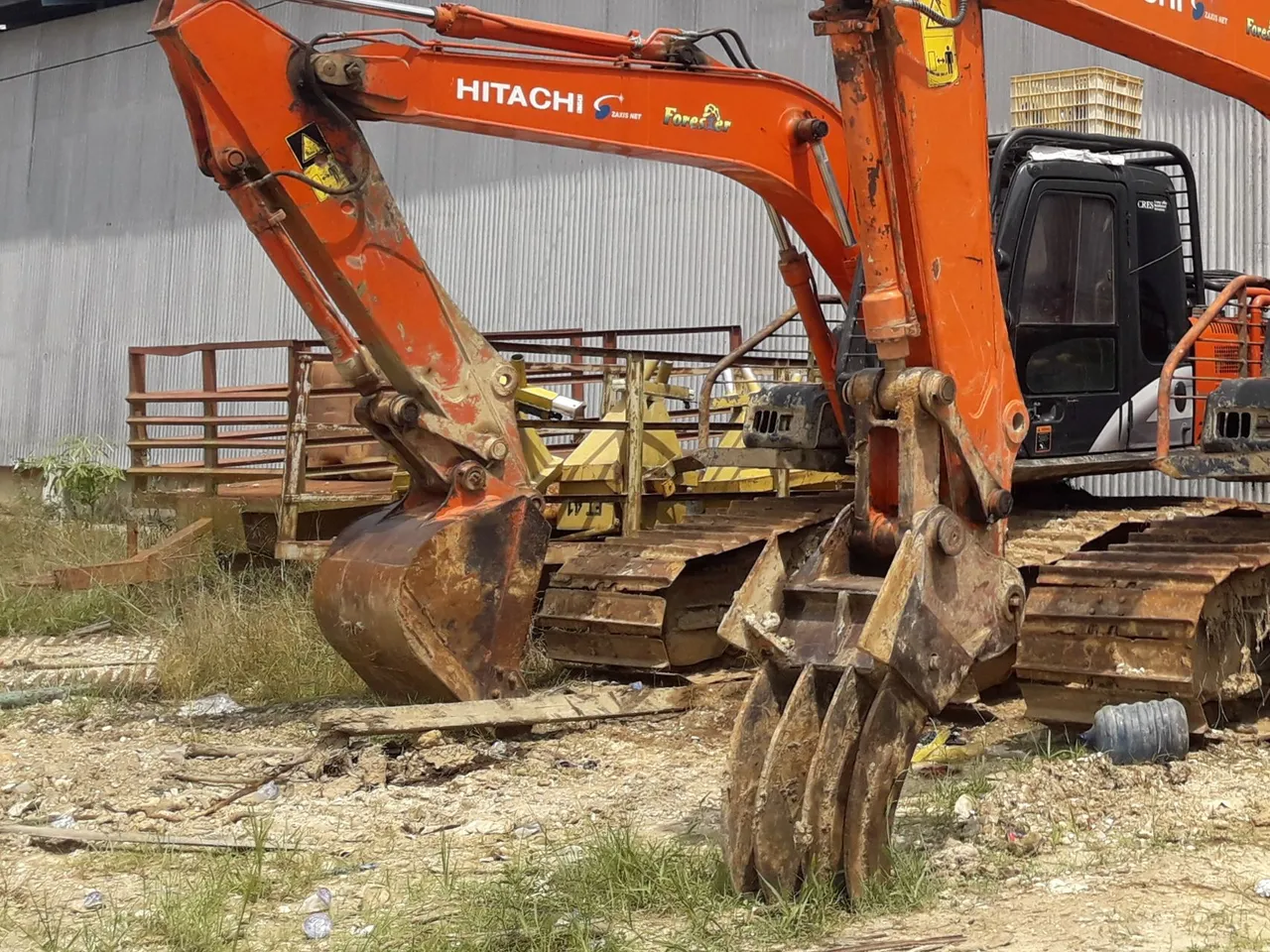
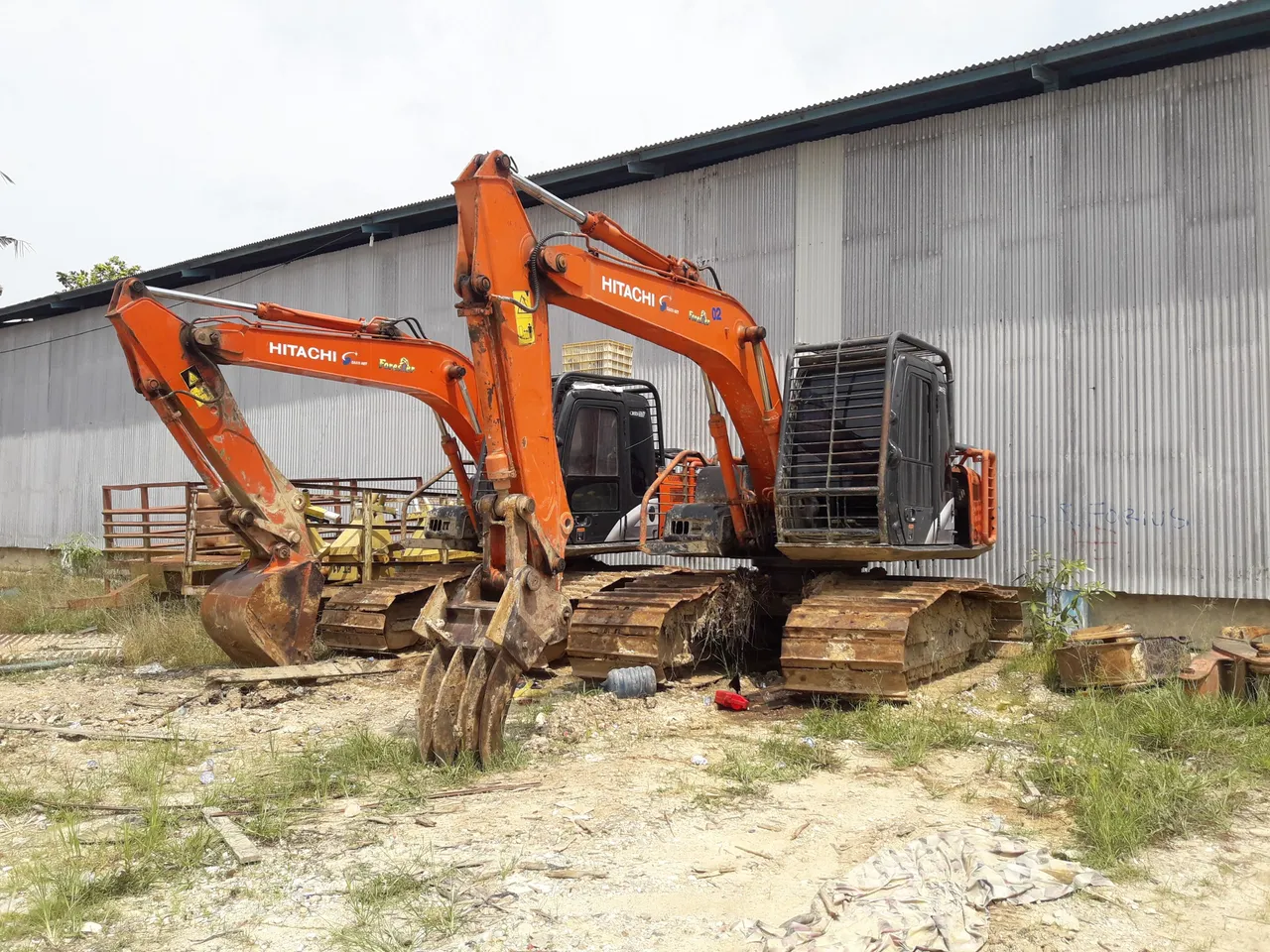
Heavy equipment or excavator is an application of hydraulics, Hydraulics is an application of fluid mechanics. Fluid mechanics is an application of physics. The physical laws governing liquid fluids are as simple as solid-body mechanics and simpler than the laws governing the sciences of air, heat, steam, gases, electrons, rays, waves, magnets and so on. In some respects hydraulics is similar to pneumatics (pneumatics-the study of the use of compressed air for energy transfer), especially on the working principle and its components. Pressurized oil is an energy transfer medium that after being used by the working elements (cylinder or hydraulic motor) must be returned to the reservoir (reservoir or tank), not directly discharged into the atmosphere such as used air in pneumatic systems.

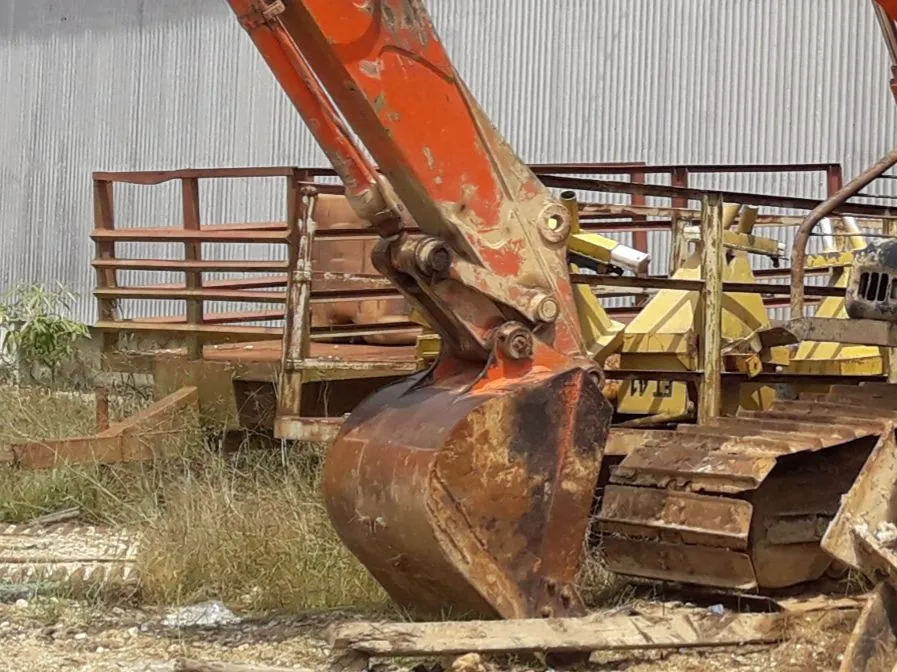
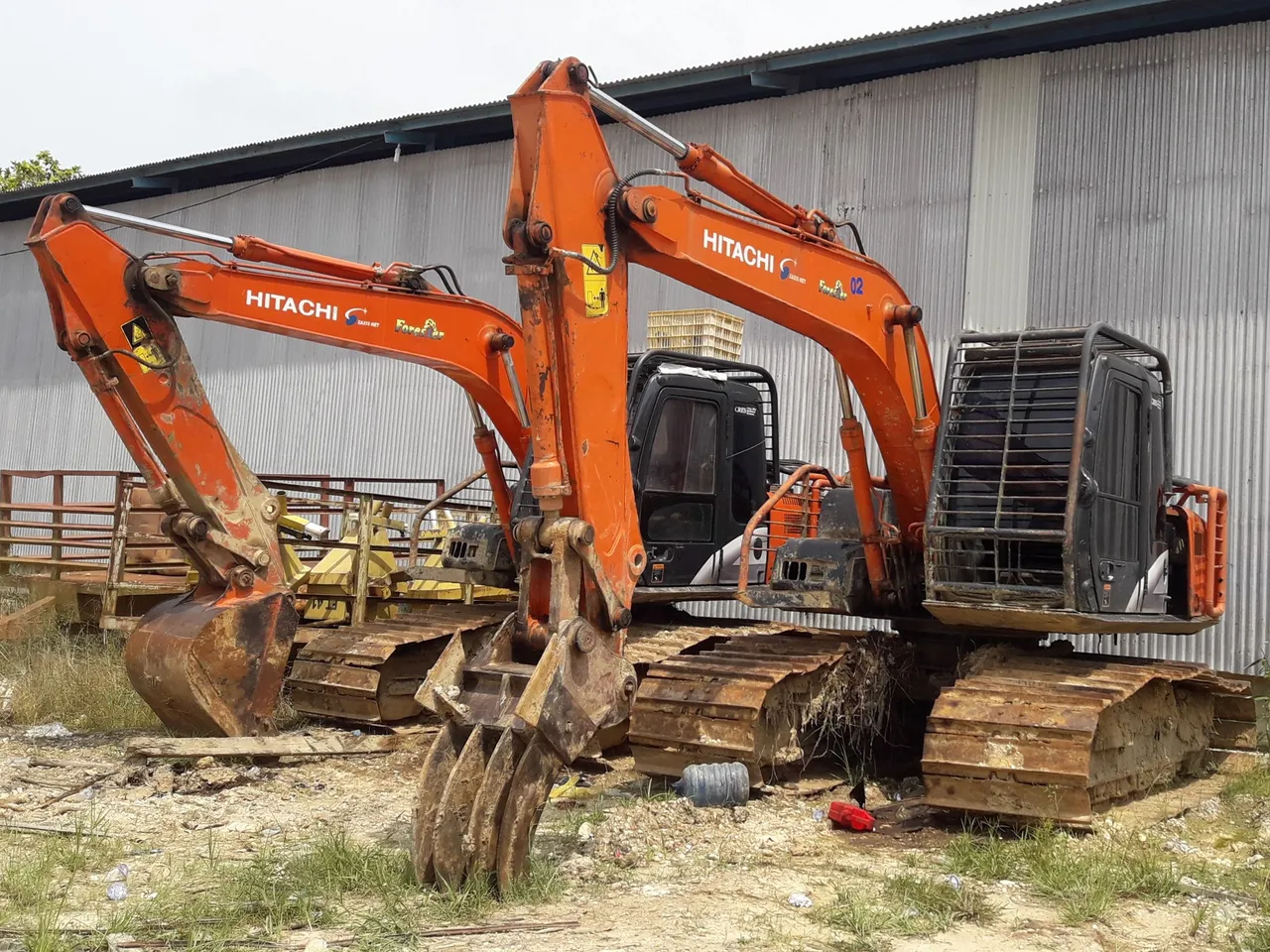
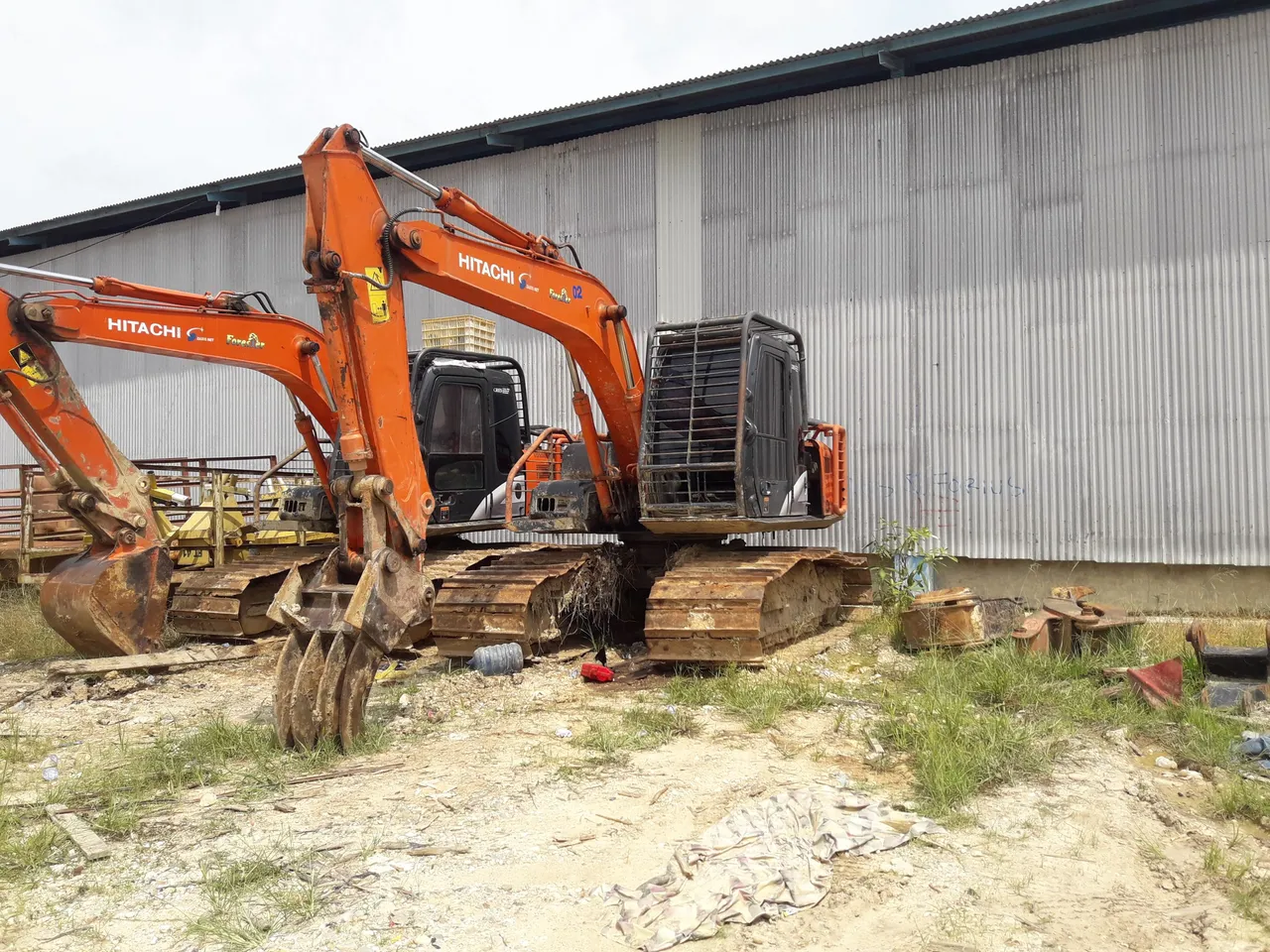
So, the hydraulic system is a power transfer system by using a liquid / fluid as a medium / intermediary. Due to the nature of the liquid that always adapts to the shape it occupies, it will flow in all directions and can pass through various sizes and shapes. To ensure that the hydraulic components must be safe in operation, it can be met by the incompressible nature of the liquid.
